Across the United States, a significant population shift is underway as several major cities grapple with steep declines in residents. Cities that once thrived as vibrant economic and cultural hubs are now seeing people pack up and leave in record numbers. This urban exodus is reshaping American demographics and raising questions about the challenges facing these cities and the future of urban life.
Among the top cities losing residents rapidly are some of the largest and most iconic metropolitan areas in the country. New York City, known as the Empire City, tops the list with a loss of approximately 31,000 residents in 2024 alone. Once celebrated for its endless opportunities, diverse communities, and bustling neighborhoods, New York’s population decline highlights issues such as high living costs, crime concerns, and shifting work patterns that are driving many to reconsider city life.
St. Louis, Missouri, stands as the hardest-hit among major U.S. cities in terms of percentage decline. Over the past four years, St. Louis saw about 21,700 residents leave, reflecting a loss of nearly 6.4% of its population. The decline there is strongly linked to families moving to suburbs with better schools and amenities, compounded by challenges in public school transportation and leadership scandals that have eroded trust.
Detroit, Michigan, another city with a rich industrial past, continues to suffer a profound population exodus. Despite downtown revitalization efforts, the city faces high violent crime rates and economic hardships, including one of the lowest median household incomes in the nation and a staggering poverty rate of 32%. The population plummeted from 1.85 million in 1950 to just over 630,000 recently, and experts project further decline as residents flee in search of better opportunities and safer communities.
San Francisco, California, once the epicenter of the tech boom, is also losing residents rapidly. Factors such as escalating housing costs, increasing crime, wildfire risks, and a stagnant job market have contributed to a shrinking population expected to dip below 800,000 from nearly 874,000 in 2020. Even some tech workers, traditionally the backbone of the city’s economy, are relocating to more affordable and less congested areas.
Other cities on the list include Chicago, Illinois, which battles with high taxes, crime, and congestion; Jackson, Mississippi, where infrastructure failures and climate-induced crises have accelerated out-migration; and New Orleans, Louisiana, still recovering from natural disasters and pandemic impacts that have depleted its population.
Additional cities such as Portland, Oregon; Long Beach, California; and Philadelphia, Pennsylvania, have also seen notable declines, each facing its own mix of economic, social, and infrastructural challenges. These population losses are reshaping neighborhoods, diminishing business demand, and putting pressure on city services that were built for larger populations.
Experts point to a combination of causes behind these declines: rising living costs, public safety concerns, job market shifts, aging infrastructure, and effects of climate change such as flooding or wildfire threats. Suburbanization and remote work trends that gained momentum during the pandemic continue to influence people seeking more space, affordability, and perceived quality of life outside urban cores.
This wave of population loss raises important questions for urban planners and policymakers. How can these cities reverse course and attract residents back? Investments in affordable housing, public safety, education, and infrastructure will be critical, alongside efforts to foster inclusive economic growth and rebuild trust in civic institutions.
As America’s demographic landscape evolves, understanding the challenges faced by these cities losing residents fast is essential for charting a more sustainable and equitable urban future. Whether you live in one of these cities or are considering a move, the dynamics behind this migration reveal much about the wider socioeconomic forces reshaping the nation. The cities losing population today are at a crossroads—facing difficult choices that will determine their resilience and vitality in the decades to come.

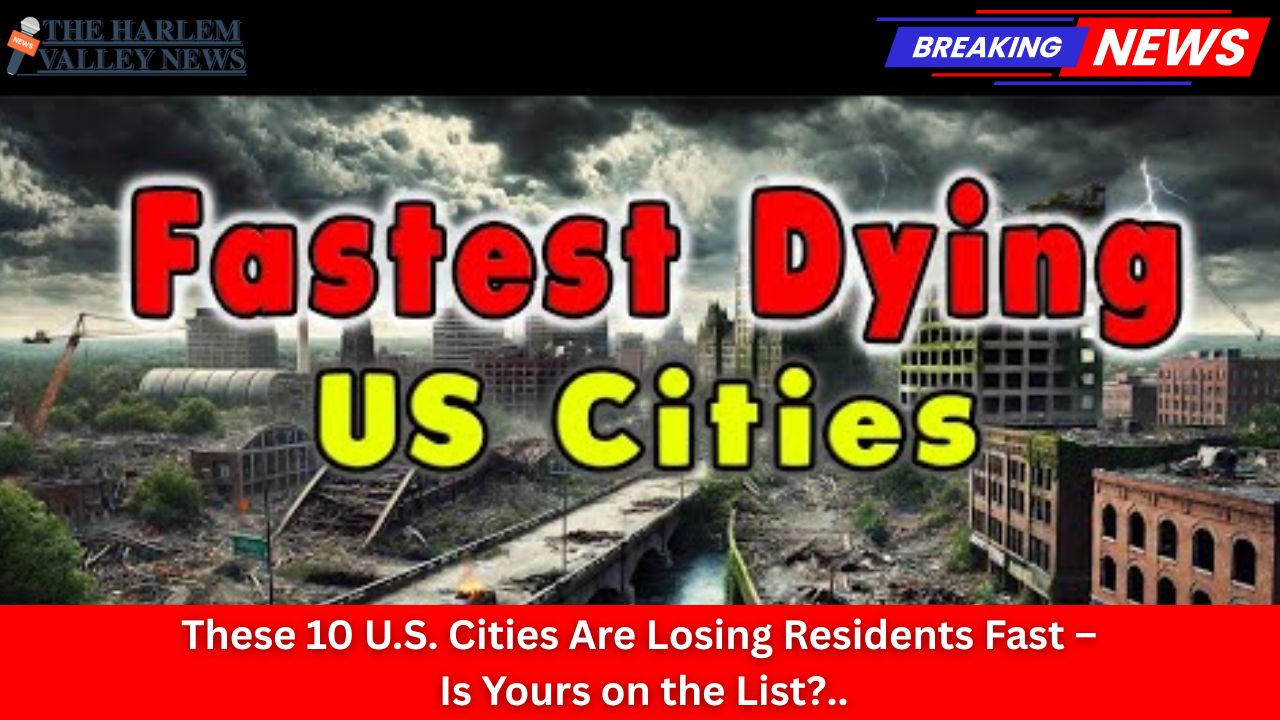
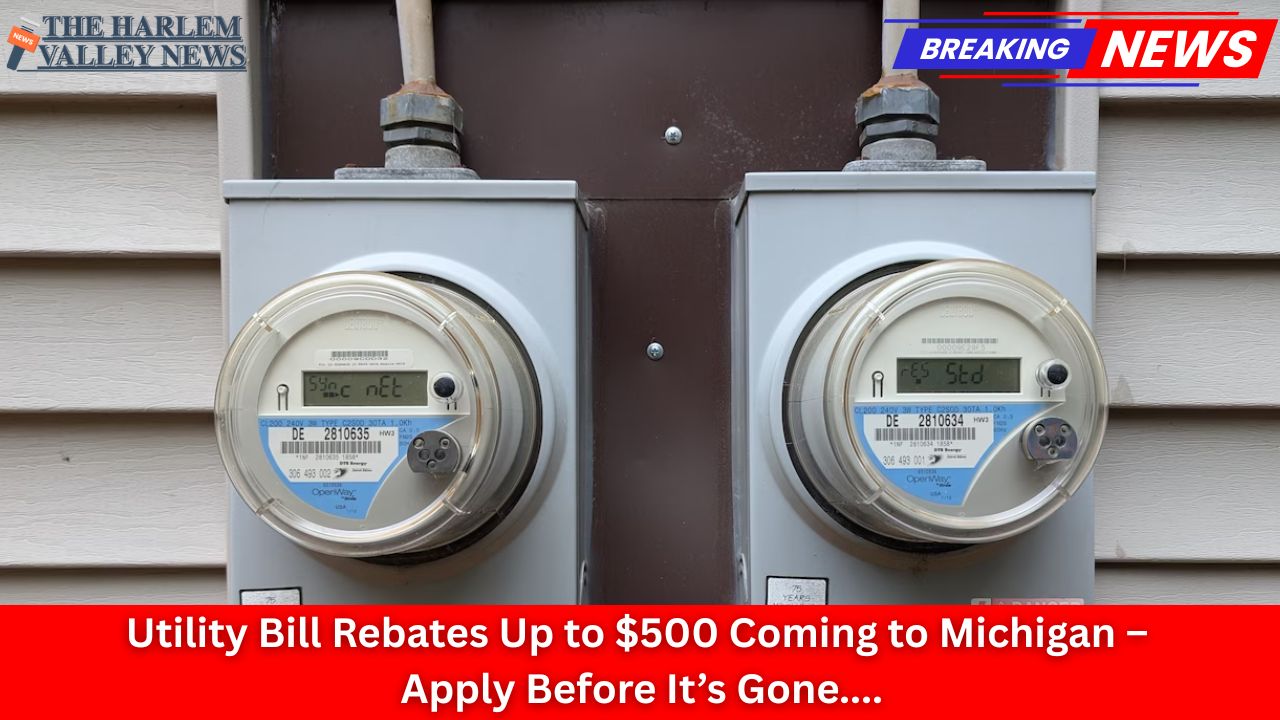



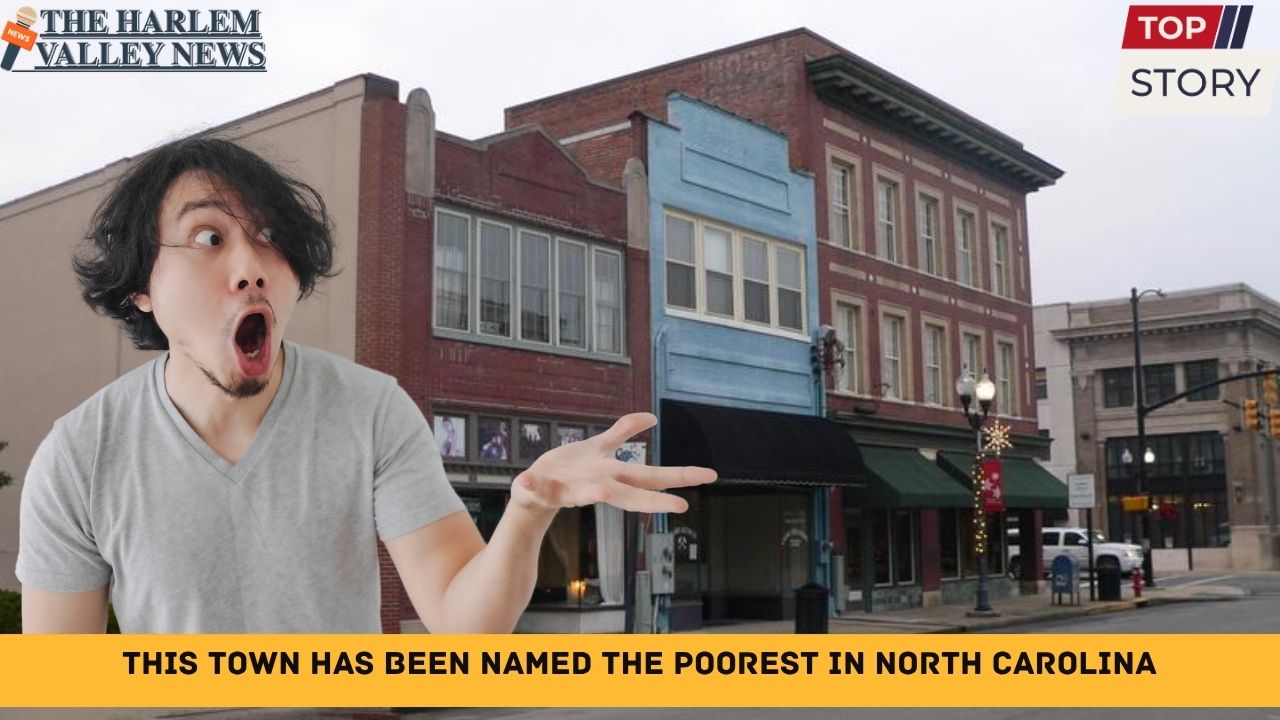
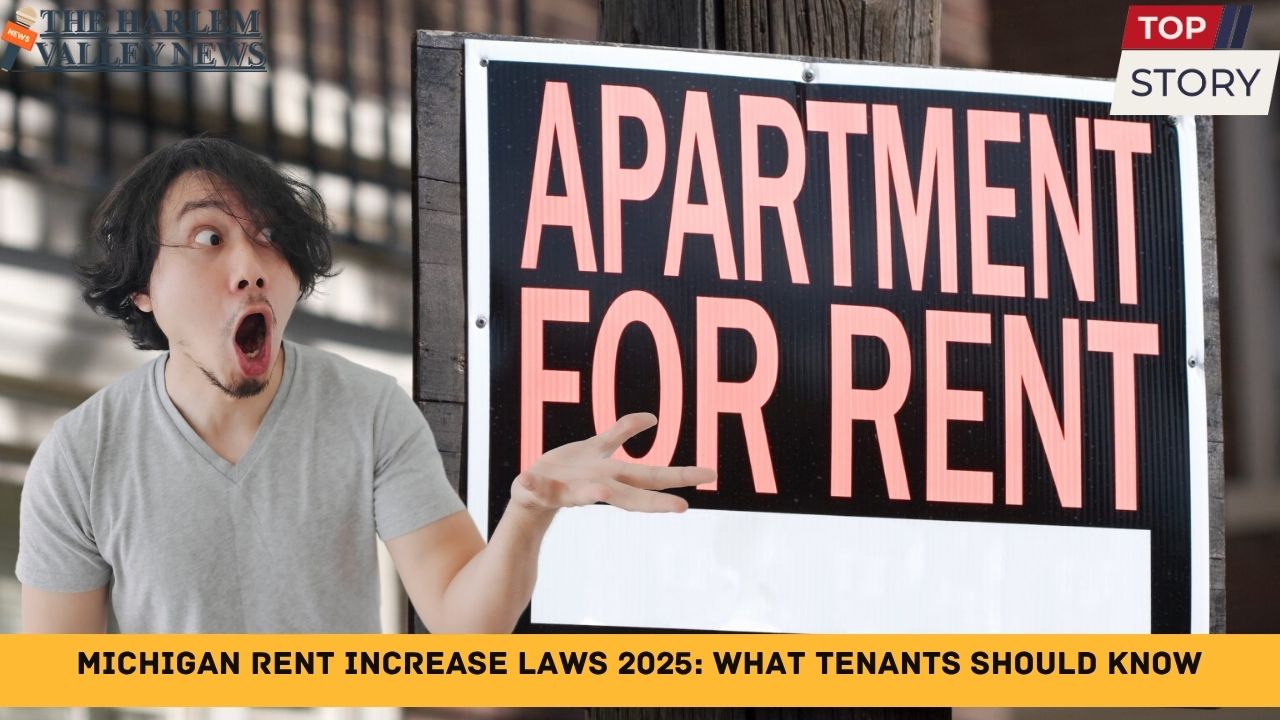


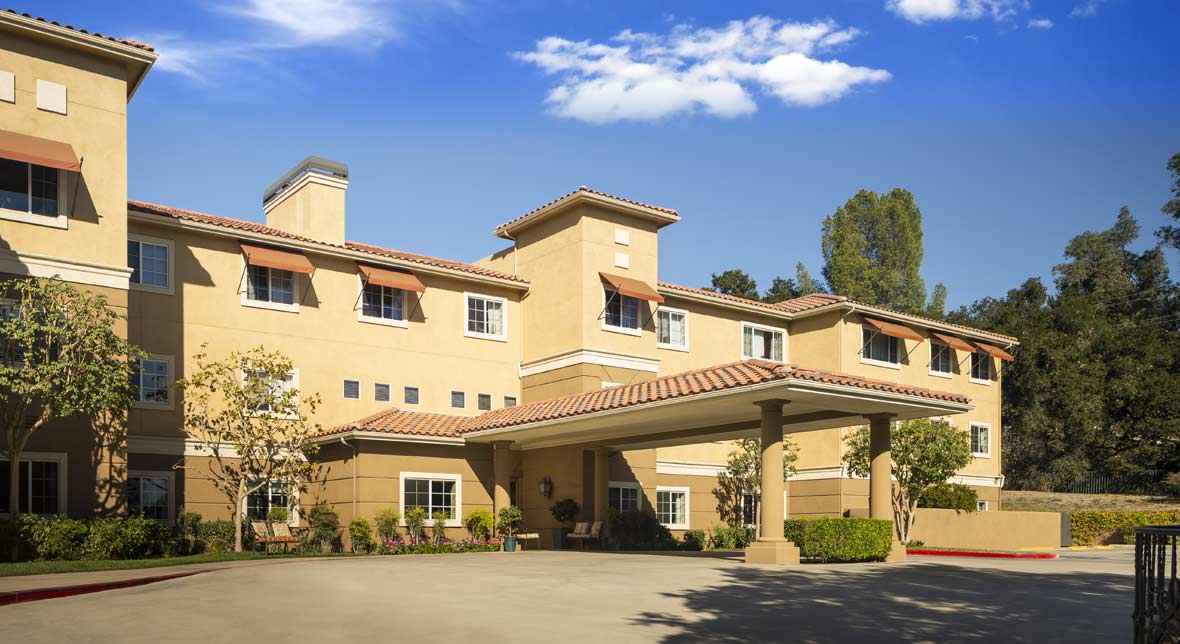



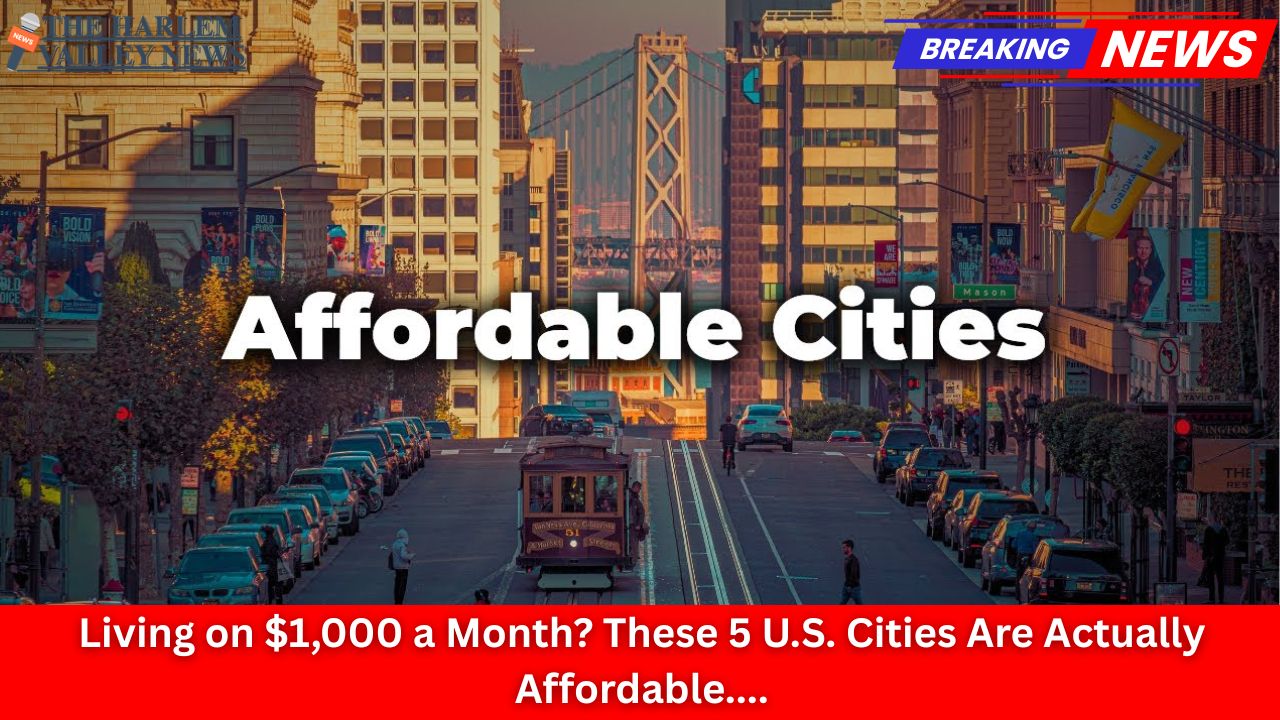
Leave a Reply